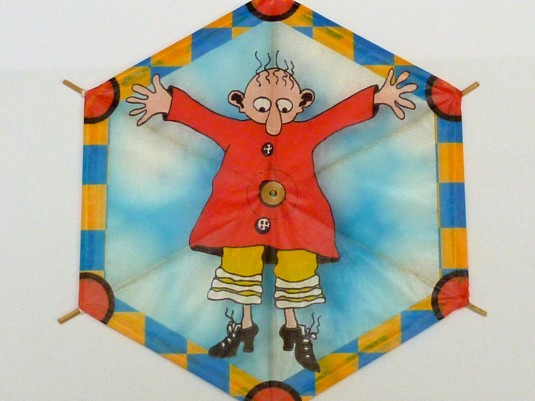OVERWHELM – THE FRANTIC DOING KIND
The seeds of overwhelm typically begin with long to-do lists and filling up each moment in a scramble to get things done. At the beginning of the cycle all the activity can seem productive, but sooner rather than later, the anxiety-laced sense that everything is urgent, that everything needs to get done by today, causes a tail-spin.
We feel anxious because there’s so much to do. And we don’t want to take a break – go for a walk, do a ten minute meditation, take the time to really listen to our spouse/child/friend – because we’re convinced that only if we get more done will we actually be able to relax. In this frantic doing-mode there’s less and less ease. And where there’s less ease there’s less flow, less insight and less clarity.
OVERWHELM – THE PARALYSIS KIND
At some juncture anxious activity collapses into the other face of overwhelm: paralysis. It all starts to feel too much and we gradually become frozen by fear or indecision. We go in circles, stare at blank computer screens, hide under duvets or distract ourselves with everything except the thing that really needs to get done. The more we procrastinate, the stronger the internal voices of panic and judgment become, and the more pressure we feel. It’s a vicious cycle that kills off forward momentum.
THE INEVITABLE ENDING
The ending to the cycle is more or less predictable – the tension and distress shows up in the body. If we don’t find a way to change the cycle, our body typically takes us out of it by getting sick. If this keeps happening it means we’re not catching the cycle early enough or we don’t know how to change it.
Here’s a 8 minute video on how to undo overwhelm:
Image by Artist Fabio Crisanti, Argentina/ Uruguay (http://fabiocrisanti.blogspot.co.uk/)


